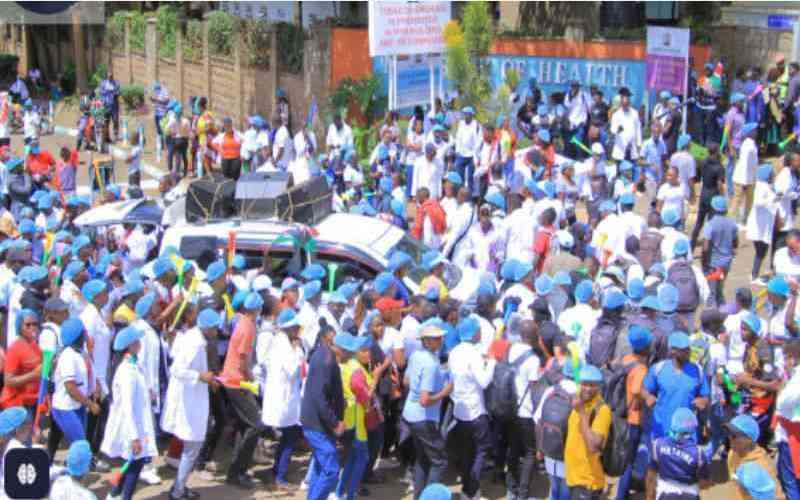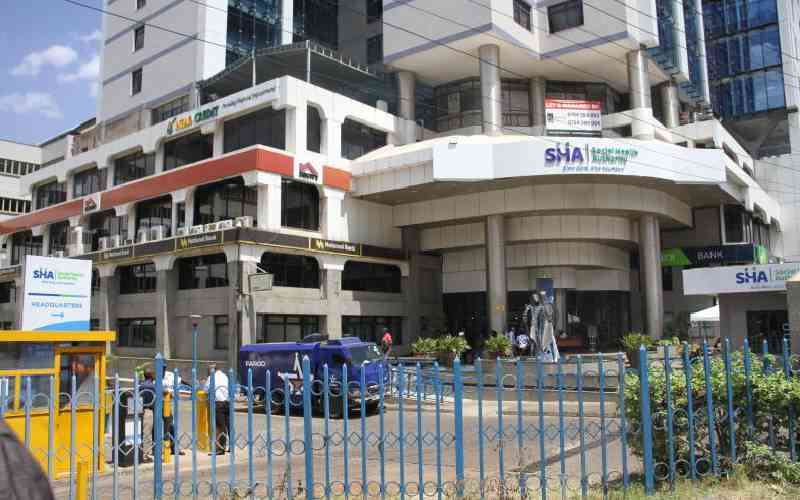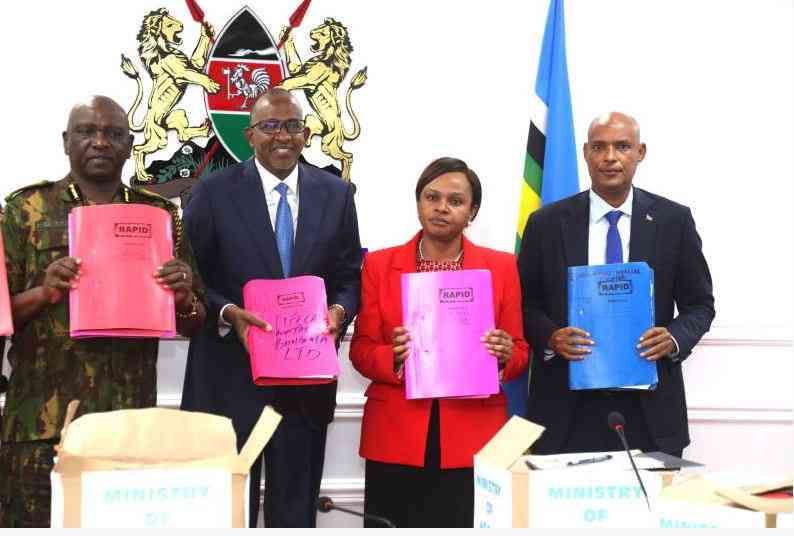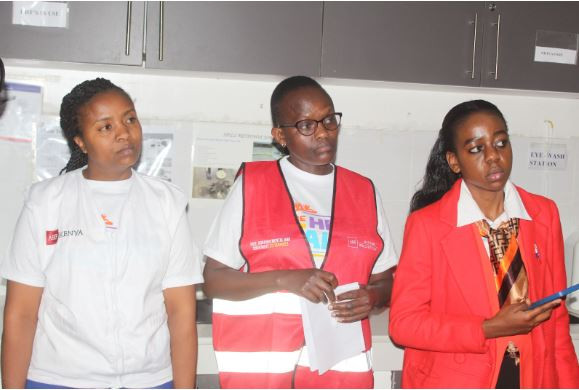
Babies born to HIV-positive mothers in Kenya face an increased risk of contracting the virus due to a shortage of critical antiretroviral (ARV) drugs.
The supply disruption of prophylaxis medication, crucial in preventing mother-to-child transmission, has left many infants vulnerable.
After birth, babies are put on two prophylaxis drugs, Nevirapine and Zidovudine, but the latter has been out of stock since last year.
Jactone Chilo, the chairperson of the Network of People Living with HIV/AIDS in Kenya (NEPHAK), said children born to HIV-positive mothers are not necessarily infected at birth but remain exposed, a reason they have to be on treatment.
“A HIV-positive mother who is pregnant or breastfeeding has the virus, and the child is exposed. To prevent infection, exposed children are put on prophylaxis treatment. But one of the drugs is lacking, exposing them to HIV infections,” said Chilo.
Speaking to The Standard in an interview, Chilo explained that the two essential drugs are given to newborns within 72 hours of birth to reduce the risk of HIV transmission.
Zidovudine is administered twice daily for six weeks based on the child’s weight, while Nevirapine is given daily.
- Relief for patients after clinical officers call off strike
- Taifa Care will be a success, Health CS Barasa affirms
- Kenya risks vaccine shortages as Gavi funding phases out
- State blames logistics challenges for delayed distribution of drugs
Keep Reading
A HIV exposed child is tested using PCR at six weeks after birth or first contact, then at six months and 12 months.
At 18 months, an antibody test is done, and if the result turns positive, the child is started on a journey of antiretroviral therapy (ART).
Apart from shortage of Zidovudine, paediatric septrins are also out of stock, exacerbating the situation.
Septrins are key in preventing opportunistic infections such as malaria in endemic zones, diseases that contribute to HIV deaths.
“Septrin is critical for children with low immunity as it helps prevent infections, especially in malaria-endemic areas. However, it has also been in short supply,” Chilo noted.
But the head of National AIDS and STI Control Programme (Nascop) Dr Andrew Mulwa dismissed the claims of shortage of paediatric ARVs.
“We have no shortage of ARVs of any kind,” Mulwa told The Standard.
Despite the government’s publicised efforts to flag off ARV drug consignments, reports indicate some of the medicine remains undistributed.
Former Health CS Deborah Barasa held a media briefing at KEMSA stores and flagged off distribution of ARVs that were under MEDS.
The commodities are reported not to have reached the destinations.
“In Mombasa, we have not received the flagged-off medicine. The last supply was in January, and even then, it was insufficient. We don’t know when the next batch will arrive,” said a healthcare worker.
But Mulwa maintained that distribution of ARVs is ongoing.
“Distribution after the flag off is ongoing. It has been two weeks since, and don’t expect all facilities to have received within the time,” said Mulwa.
“Counties have mechanisms to ensure no service interruptions”.
Data by National Syndemic Disease Control Council (NSDCC) shows a notable decline in the mother to child transmission rate in the last decade, from 14 per cent to 7.3 per cent, progress attributed to adherence to HIV prevention measures.
However, this falls short of the target to reduce the rate to below five per cent by 2023.
Despite a reduction in mother child infection, babies are still being born with HIV, underscoring the need for continued prevention efforts.
 The Standard Group Plc is a multi-media organization with investments in media
platforms spanning newspaper print
operations, television, radio broadcasting, digital and online services. The
Standard Group is recognized as a
leading multi-media house in Kenya with a key influence in matters of national
and international interest.
The Standard Group Plc is a multi-media organization with investments in media
platforms spanning newspaper print
operations, television, radio broadcasting, digital and online services. The
Standard Group is recognized as a
leading multi-media house in Kenya with a key influence in matters of national
and international interest.











